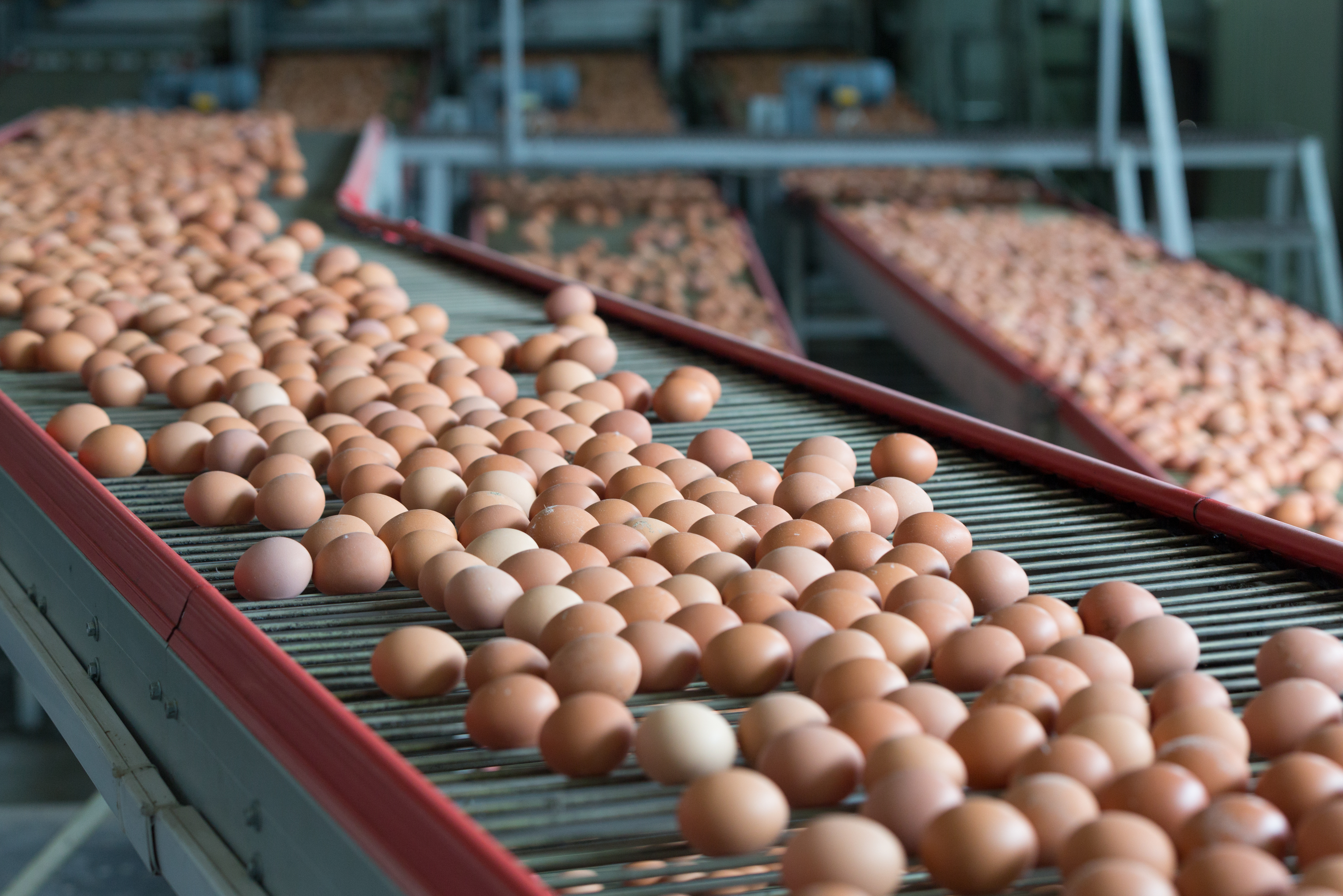



New genomics platform could hold the key to heavier eggs
A study by smart farming business Synomics claims to have identified a pathway for improving egg weights in laying hens by analysing variations within specific genes and targeting birds with these variations for selected breeding.The weight of an egg varies between 50g and 70g depending mainly on the age of the hen and on its genotype. Egg weight is a highly heritable trait, meaning much of the variance between hens is a direct result of genetics; it is also hugely important when it comes to poultry farmers’ profitability.

Synomics used a proprietary combinatorial analytics engine adapted from a platform proven in human science to analyse data from more than 1,000 laying hens which each had more than 295,000 single nucleotide polymorphisms (SNPs – pronounced "snips").
Whereas genes may be easy to find, and each one may contain many hundreds of SNPs, being able to single out the SNPs that sit inside or outside the genes orchestrating the gene function and, crucially, regulating the associated traits (in this case egg weight) is the holy grail.
It is these SNPs that provide the pathway for identification of crops or animals that can be grown or bred to be healthier, more disease resistant, or deliver higher yields. An added benefit is that these insights can also empower scientists with the information needed to develop new drugs and treatments, for example to cure or prevent various diseases.
Identifying a small number of high-impact SNPs is much more valuable to scientists than simply identifying a large number of SNPs. By applying Synomics’ platform, scientists are able to target genes for intervention with more certainty and bring products/solutions to market more rapidly and at less expense.
Whilst current state-of-art practices are limited to looking at the impact of each individual SNP in isolation, scientists know that many traits are the result of SNPs (and genes) acting in complex combinations. Synomics is able to analyse and map these combinations, identifying previously disregarded SNPs as highly relevant.
In its study, Synomics detected 2,018 highly predictive SNPs which mapped to 122 genes as potential targets for intervention. When it is considered that a hen could have upwards of 20,000 genes, being able to narrow down the scientists’ search to a mere 122 that could hold the key to a heavier egg has an obvious impact on the speed of any subsequent research and development.

Synomics’ technology is then able to convert these findings into an industry-standard genetic evaluation model, with material improvements in results due to the novel SNPs identified. In this particular case it meant the accuracy of the genetic predictions made increased by 49%*.
Peter Kristensen, CEO of Synomics, says the business has developed the platform to enable animal and crop scientists and producers to get a better understanding of what drives key production traits and innovate accordingly: “We are giving scientists, farmers and food producers the ability to learn more about the animals they breed and the crops that they grow with insights they have not been previously able to liberate from the data they already hold.”
By modelling its findings, Synomics identified a step-change improvement across a number of key metrics which could lead to an increased genetic gain in laying hen breeding.
*The research findings:
Applying the Synomics’ platform identified significant areas for improvement in genetic selection:
- 3 – Gene Ontology (GO) terms identified in enrichment analysis
- 49% - increase in phenotype prediction accuracy
- 9% - reduction in prediction error
- 80% - correlation of rankings to standard Genomic Best Linear Unbiased Prediction (gBLUP)









